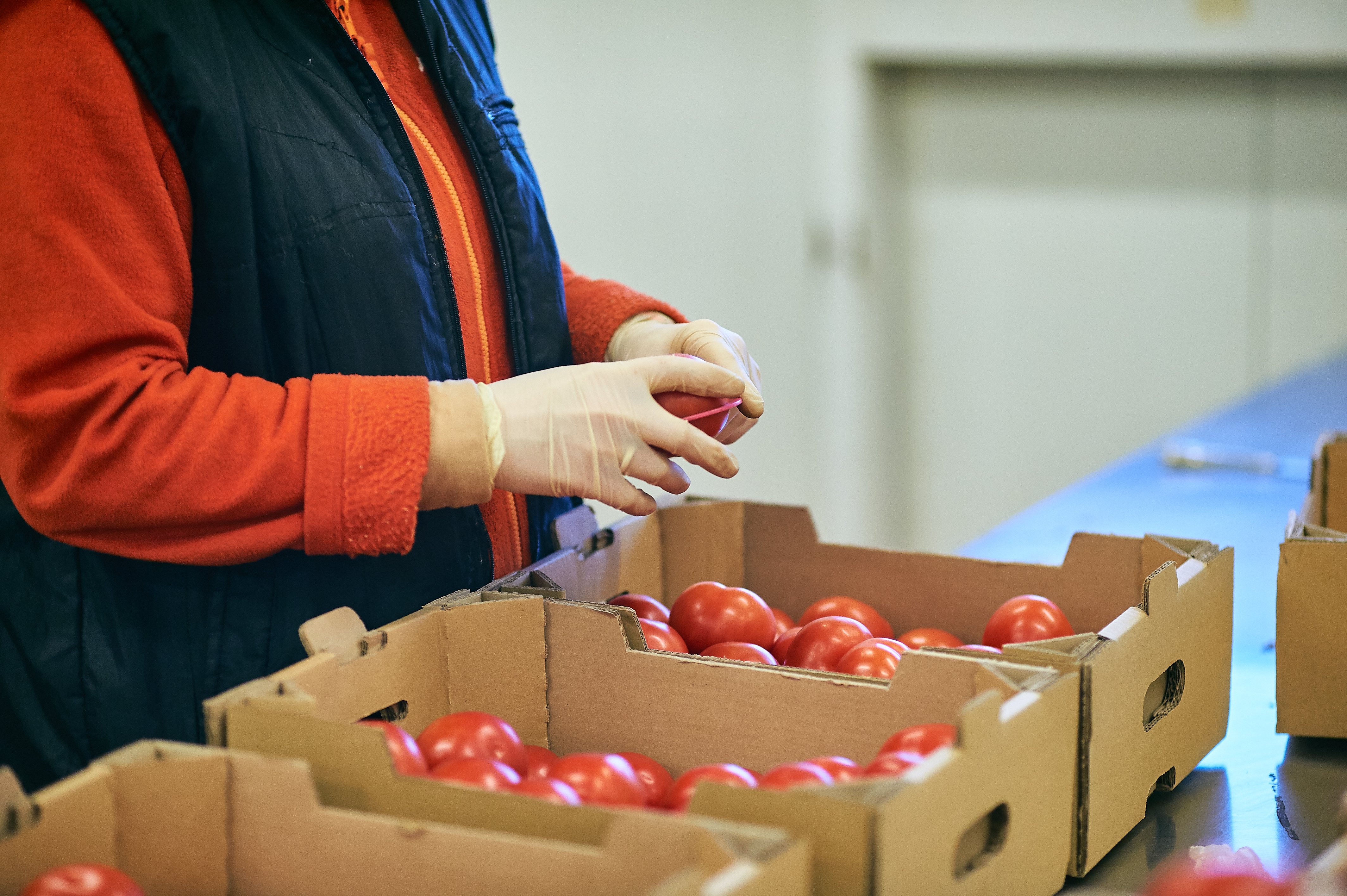Food recalls are on the rise, with recalls associated with unsafe food jumping to 40% in 2019 compared to 2018 and allergen-related incidents reaching a five-year record high. Recalls are never good news for food and drink businesses. For starters, they’re expensive and your company’s reputation and customer loyalty can take a hit.
And that’s still the case even if you manage to recall a product in time. That’s why it’s better to prevent recalls in the first place. Access to the right data can help. We’ll explain further in this blog post…
- Absolute traceability
- Capturing accurate information in real-time
- The power of IoT and working proactively
- Quick responses protect brand confidence and loyalty
How to ensure a fast and efficient recall management process
Absolute traceability

An effective and efficient traceability process will allow you to accurately track your products in real-time as they travel through your supply chain, from field to fork. This means you can resolve problems more quickly and efficiently which reduces the overall risk and damage sustained from a recall.
For example, if you discover that there may have been a product that’s potentially contaminated with a particular allergen, an efficient traceability process allows you to quickly identify when the contamination happened and where the products are up to in the supply chain. Now you can quickly pull the products before they (hopefully) hit the market.
Capturing accurate information in real-time
A key to supply chain traceability is visibility…and that starts with access to accurate, real-time information. It’s no use accessing data from an hour ago - you need data on what’s happening right now especially where recalls are concerned.
Technology, such as an ERP solution, can help you access the data you need. An ERP solution, for example, can integrate with multiple systems so your data can be centralised. This data can include:
- Ingredients and their origins
- Manufacturing processes (e.g. recipe and waste management)
- Quality management processes
- Where particular products are stored
- The conditions they’re stored at
- Supplier data (e.g. their credentials and contracts)
Centralisation means one source of data truth and little need to search various systems or juggle different login details to find what you need. So, you can react to situations like recalls much faster.
The power of IoT and working proactively

The Internet of Things (IoT) is a useful tool to have in your arsenal. IoT-enabled devices can automatically monitor, analyse and provide real-time data on asset performance. So, not only can you find out why there may have been a breakdown in your processes more quickly, you can also:
- Monitor machines that experience the most issues more closely and examine why that might be the case
- Address issues faster and before they become a major problem e.g. detecting machine faults and preventing quality issues as a result
Quick responses protect brand confidence and loyalty
When it comes to managing food product recalls, the best strategy is a proactive one. In other ones, one where you manage your processes, supply chain and distribution in such a way that a recall never happens.
However, recalls might be unavoidable. In those cases, if you absolutely can’t avoid a recall, you need to jump to action at lightning speed. Your brand reputation is on the line here - customers, trading partners and regulators expect an almost instantaneous response, full transparency and an action plan to prevent something like that from happening again.
Considering the majority of food product recalls have been due to incorrect or missing information on the label which suggests a breakdown in traceability processes. Access to accurate, real-time data can improve traceability and help you minimise the damage of a recall, whether that’s handling the fallout or avoiding one altogether.
To find out more about how you can improve supply chain traceability and ultimately better manage food product recalls, download our guide to recall management below.

